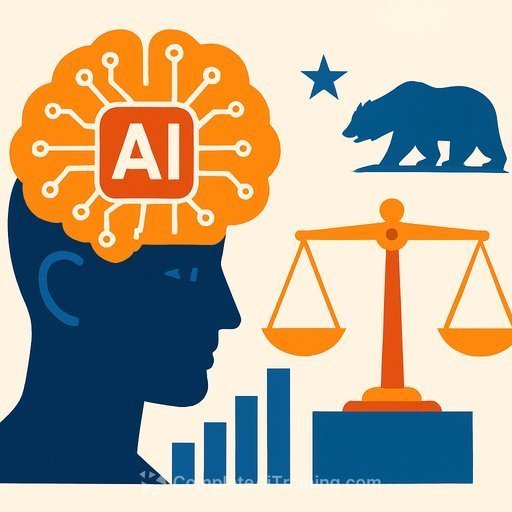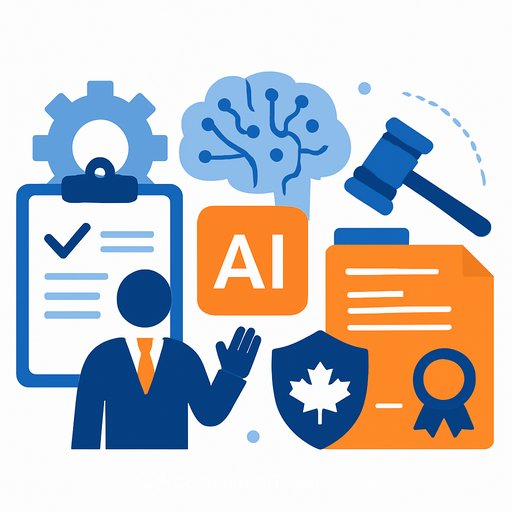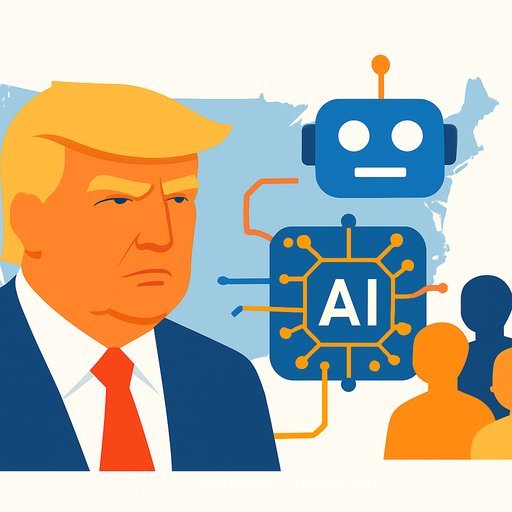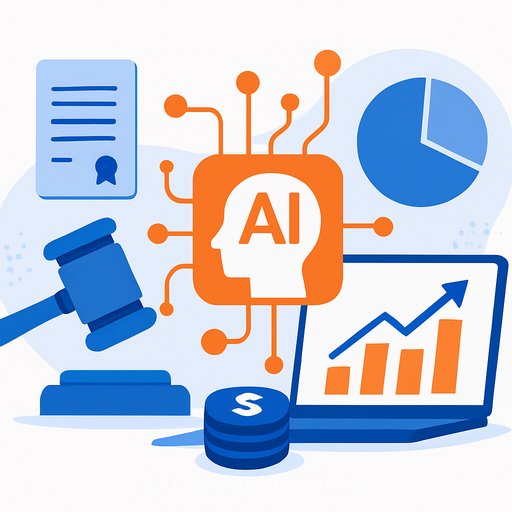Law and Technology: Use Legal AI Without Losing Legal Reasoning
AI can speed up routine legal work-document review, proofreading, summarization. That's useful. But the output is a starting point, not an answer.
Treat AI like a fast paralegal, not a partner with judgment.
The Human Cost of Overreliance
Auto-drafts and instant summaries can deskill younger lawyers if used on autopilot. Legal reasoning is learned through the grind of hard problems; outsourcing that work weakens the craft.
LLM mistakes don't look like human mistakes. They can be confident, fluent, and wrong. Without deliberate checks, even capable teams grow complacent.
- Require source-backed outputs. No citations, no use.
- Ban "copy-paste to court." AI outputs must be revised by a lawyer before filing.
- Document every AI-assisted step for accountability and later review.
Ethical and Institutional Risks: Bias, Privacy, Misinformation
Bias replication. Models learn from human data. They can reflect and amplify prejudice (race, gender, caste, religion). If such bias bleeds into risk assessments or research memos, it undermines equal protection and public trust.
Privacy and confidentiality. Client data fed into third-party tools can be stored, logged, or used for model improvement. If you cannot control retention and access, you cannot guarantee privilege.
Misinformation. "Deepfake law" looks polished but rests on bad citations or made-up precedents. Courts, regulators, and the public then waste time verifying basics, weakening confidence in the record.
Regulatory and Policy Landscape
The European Union's AI Act treats AI used by judicial authorities as high-risk and mandates transparency, human oversight, accuracy testing, and documentation. See the final text on EUR-Lex: EU AI Act.
India's Digital Personal Data Protection Act, 2023 focuses on personal data, not algorithmic governance. That leaves gaps for automated legal tools. Read the Act: DPDPA, 2023. India needs AI-specific rules-risk-based impact assessments, audit rights, explainability, and bias controls-especially for legal uses.
Practical Workflows for Courts and Law Firms
- AI as draft only. Treat outputs as proposals. Require human edits and sign-off before any client advice or filing.
- Source-first policy. Force models to cite current statutes, cases, and regulations. Verify against official repositories.
- Confidentiality controls. Prefer on-prem or enterprise tools with data isolation, logging, and no training on your inputs.
- Accuracy gates. Use checklists: citations verified, facts cross-checked, conflicts scanned, ethics issues flagged.
- Audit trails. Keep a record of prompts, versions, and human revisions for accountability and potential court inquiries.
- AI-free zones. Final judgment reasoning, settlement recommendations, or sanctions-sensitive filings should rely on human analysis, with AI limited to clerical prep.
Justice, Efficacy, and Constitutional Fit
AI can widen access to basic legal information. But low-income users are the most exposed to wrong answers and overconfidence. Bad guidance can worsen outcomes.
Where AI touches bail, sentencing, or other liberty interests, due process and equal protection demand clear reasoning, human accountability, and a right to contest automated outputs. Opaque systems clash with those standards.
Reform Checklist for the Profession
- Transparency by default. Legal AI should disclose data sources and cite authority. Require footnotes for legal claims.
- Human in charge. No final decisions by AI in critical legal processes. Licensed counsel remains responsible.
- Certification and testing. Independent testing protocols for legal accuracy, bias, privacy, and security.
- Ethics and training. Update bar rules for AI competence and limits. Include this in CLE and law school curricula.
- Right to explanation and redress. People should get an explanation of AI-influenced decisions and a path to challenge them.
- Standardized outputs. Community guidelines for disclaimers, citation formats, and how to label machine-generated text.
Conclusion
The justice system runs on reasons, not predictions. LLMs generate fluent text; that is different from knowing the law. Use AI to augment speed and consistency, never to outsource judgment.
Set policy, enforce workflows, and train teams. Cross-check everything. For structured upskilling on responsible AI use at work, see Complete AI Training - courses by job.
If we keep people, procedure, and explainability at the center, AI can help without hollowing out the profession.
Your membership also unlocks:






